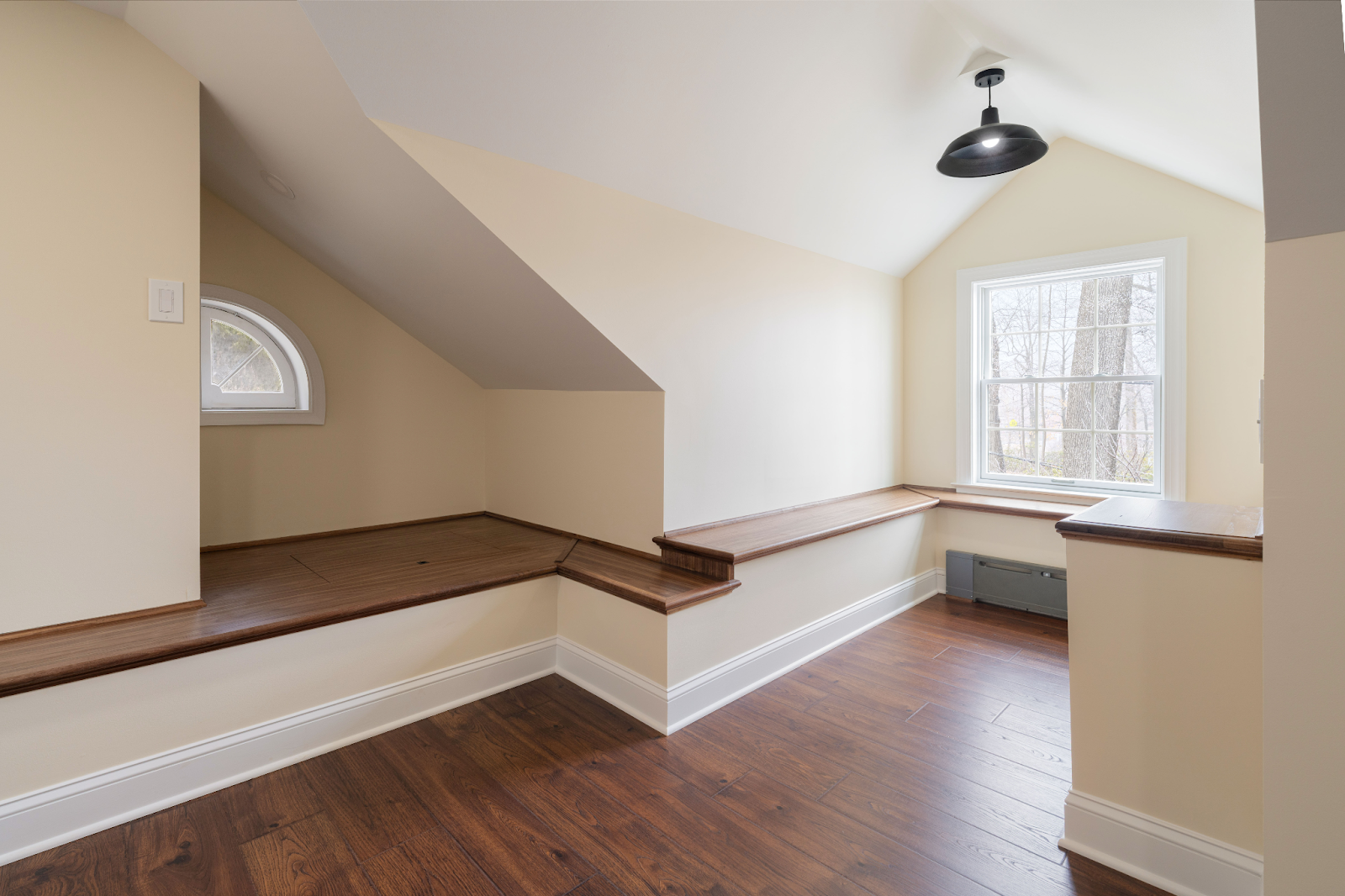The idea of multi-generational living has gained significant momentum in recent years, as more families seek ways to stay connected while maintaining personal space and comfort. Whether prompted by the need to care for aging parents, accommodate adult children, or simply foster stronger family ties, homes designed for multiple generations are becoming increasingly popular. Below, we explore five effective design solutions that can make your home more adaptable, functional, and welcoming for every member of the family.

1. Creating Accessory Dwelling Units (ADUs)
One of the most sought-after solutions for multi-generational living is the creation of Accessory Dwelling Units, or ADUs. Commonly known as in-law suites or backyard cottages, ADUs provide a separate, self-contained living space on the same property as the main home. They can be built as detached units, over garages, or even as basement apartments. ADUs offer the perfect balance between proximity and privacy, allowing families to stay connected while maintaining independent living areas. With thoughtful design and adherence to zoning regulations, an ADU can enhance both livability and property value.
2. Basement and Attic Conversions
Transforming underutilized areas like basements and attics into functional living spaces is another excellent option for multi-generational homes. These conversions can include features such as natural lighting, full bathrooms, and compact kitchens, ensuring comfort and independence. With strategic planning and design, these spaces can become stylish, private living quarters for family members while maximizing your home’s existing footprint.
3. Extensions and Additions
For families seeking more substantial space, home extensions or additions can provide customized solutions. This may involve building a second story, extending the main level, or designing a new wing with its own entrance. Additions can include private bedrooms, bathrooms, and small kitchen areas to give each generation autonomy while still maintaining a shared connection to the main home. These projects require expert design and construction to ensure seamless integration with the existing structure, both aesthetically and functionally.
4. Reconfiguring Interior Spaces
When expanding outward isn’t an option, reimagining the existing interior layout can be a practical alternative. By reconfiguring the home’s current design, families can create zones that serve different generations comfortably. This could mean converting a large open floor plan into distinct suites or introducing dual-living arrangements with shared spaces like kitchens and family rooms, balanced by private areas for rest and retreat.
5. Adopting Universal Design Principles
Incorporating universal design elements ensures your home remains comfortable and accessible for everyone, regardless of age or ability. Key features such as no-step entries, wider hallways, curbless showers, and adjustable countertops make daily living easier for both older adults and young children. These design principles not only enhance safety and accessibility but also future-proof your home for evolving family needs.
Ready to Transform Your Home?
Multi-generational living offers countless benefits—from strengthening family connections to creating adaptable, future-ready homes. At Cottage Industries, Inc., our design-build experts specialize in crafting elegant, functional spaces tailored to your family’s unique needs. Whether you’re considering an ADU, a thoughtful addition, or a complete home reconfiguration, our team can help you create a harmonious environment that balances togetherness with independence.
If you’re ready to explore the possibilities of multi-generational living, contact Cottage Industries, Inc. today at (610) 293-9750 or fill out our online form to schedule your consultation. We proudly serve homeowners in Wayne, PA, and throughout the Main Line area, helping families design homes that evolve beautifully with every generation.






